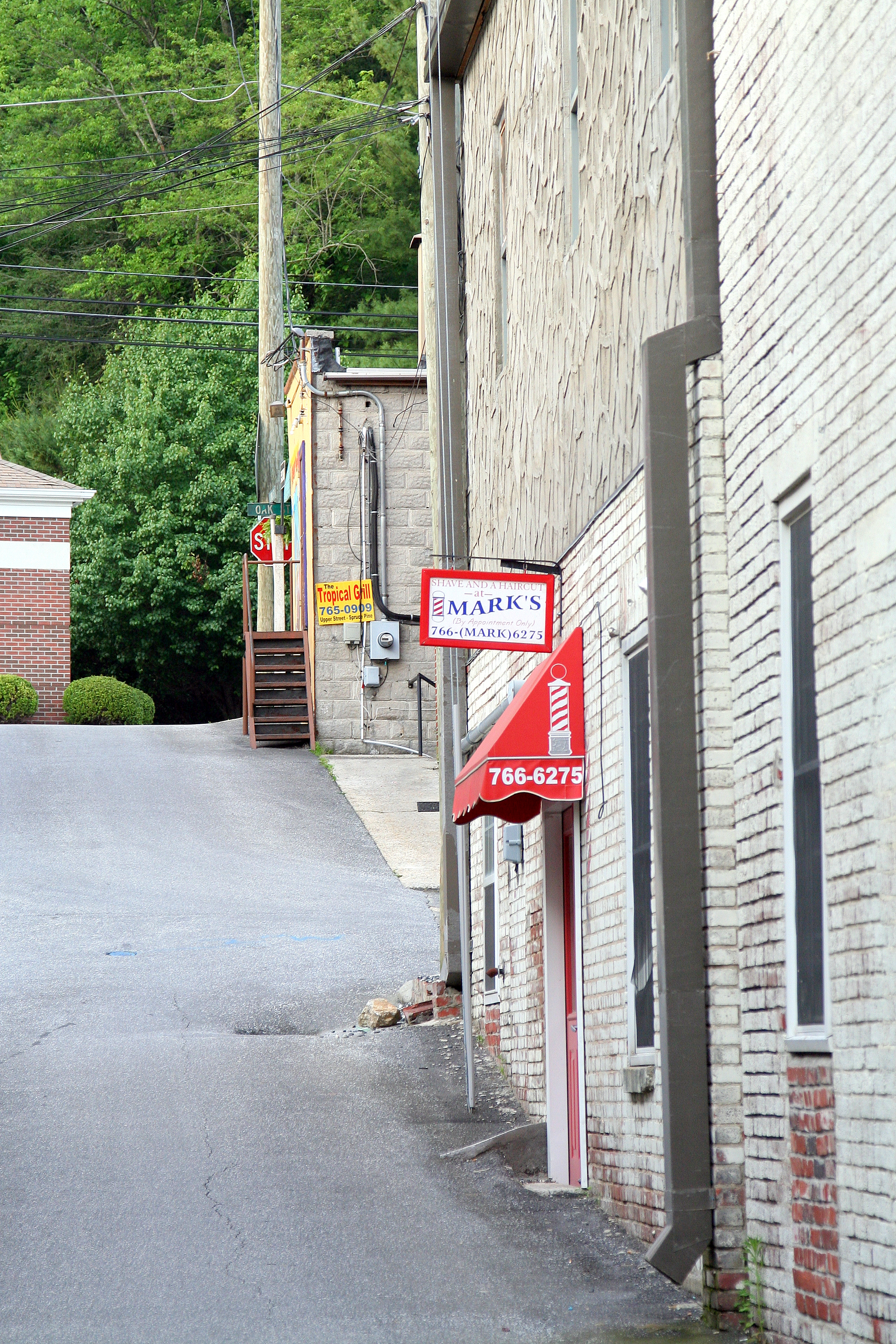How Fate Met His End
/When the ground fell from under the two men's feet, neither one knew how far they would fall. The defunct mica mine, Flat Rock, had lain idle for several years, but prospects could still be found, and Lafayette "Fate" English and Will Woody set out on Monday, June 7, 1909, to see what the mine still held. Neither bothered with telling anyone where they were going; chances are the trip wouldn't last too long, and Fate could return home that evening to be with his wife, Sabra, and their three children, Agnes, Samuel, and May.
Born only 19 months apart, Hannah and her younger brother, Fate, grew up with the backdrop of the Blue Ridge Mountains, and exploring had no limits. The mountains held magnificent backdrops and views, and the fresh air and delight of discovery could lure many to its peaks. Even by Monday evening when the men had not returned home, their families didn't express too much worry. But by Tuesday morning a search began, although no one knew where to look first. Only a boy passing by the Flat Rock mine noticed the sound of a man coming from the bottom of the shaft. The rescuers soon made the grim discovery of the two men who had fallen 40 feet, and only Fate's head and shoulders appeared on the surface of the cave-in. Near death, Fate looked up at his rescuers and uttered, "Will Woody is dead at my feet." The search party soon dug Will Woody out from several feet of earth, discovering his neck had broken in the fall. Although still alive, Fate's side had been pierced by a steel rod, and he too succumbed to death on June 10, 1909.
Fate's family also endured hardship. No doubt Hannah felt the death of her brother intensely. Sabra, his wife, met her end the next year, and it appears May died when she was only 12. Samuel passed away at age 44 of a heart attack. Agnes lived until 1986 and died in Asheville, NC, at the age of 84.
Fate is buried in the Bear Creek Baptist Church cemetery in Bakersville, NC.
Information gathered from Heritage of the Toe River Valley and Mitchell County Kronicle, Bakersville, Reproduced from the McDowell Democrat for 6/17/1909. Transcribed by Rhonda Gunter for the Toe Valley Geneological Society Newsletter.















